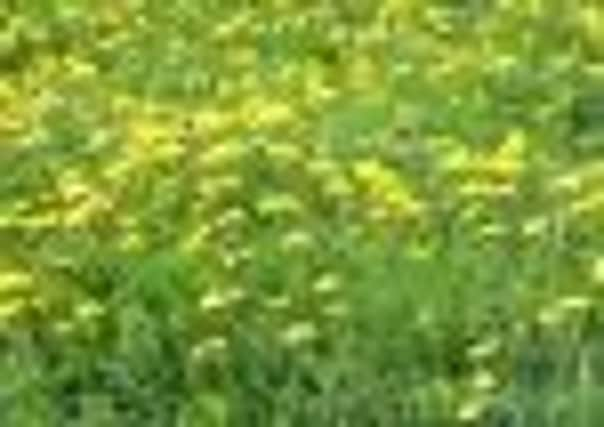The gardener’s perennial pest is another man’s visual pleasure


The scourge of gardeners across Yorkshire, I noticed that the last week or so the air has been full of tiny parachute seeds blowing this way and that across the landscape.
Mostly they will come to grief, but enough will survive to wreak havoc in lawns and borders everywhere.
Advertisement
Hide AdAdvertisement
Hide AdYet, for a few glorious weeks they provide a spectacle that we often simply overlook – the beauty of the commonplace.
Especially when mixed with common daisies and cuckoo flower, they are extraordinarily beautiful.
The common name comes from the French dent de lion – the teeth of the lion and derives from the jagged edged leaves.
Taraxacum officinale, to give it the scientific name, is really a group or complex of a great many micro-species, only of interest to specialist botanists who enjoy splitting rather than lumping their plants.
Advertisement
Hide AdAdvertisement
Hide AdSad and lonely but then somebody has to do it, and there are over 200 of them to go at.
The common names give me more fun though with Jack-piss-the-bed, Pissy Beds, Pittley-beds, Peasant’s Clock, Wet-the-bed, Tiddle-beds, Dog’s Posy, Old Man’s Clock, Swine’s Snout, and others.
Many of these names refer to the diuretic herbal qualities of the plant if eaten.
As children, we were instructed to use the white sap of the dandelion flower stalks to cure warts – as told to my parents by a travelling gipsy herbalist. Although, sadly, it didn’t work.
Advertisement
Hide AdAdvertisement
Hide AdAccording to Richard Mabey, despite the herbal side effects, both leaves and flowers are widely used in cooking – dandelion pasta, pickled dandelions, dandelion and mozzarella pie, to mention just a few.
Apparently, dandelion leaves lightly fried with rat’s-tail plantain is a delicious treat, but I am not convinced about that one.
However, the ephemeral glory of the “lion’s teeth” is surely something to be celebrated at this time of year, be it on motorway verges, on urban ring roads, and in rural meadows all over Yorkshire.
My local flower display was cruelly mown down last week: there one day, but sacrificed to the short grass and blandness the next.
Advertisement
Hide AdAdvertisement
Hide AdThe Cuckoo Flower or Lady’s Smock had barely emerged before the spinning blades hacked it to death until the same time next year. The orange-tip butterflies were certainly not amused.
Ian Rotherham, is a writer, broadcaster, Professor of Environmental Geography, and Reader in Tourism and Environmental Change.